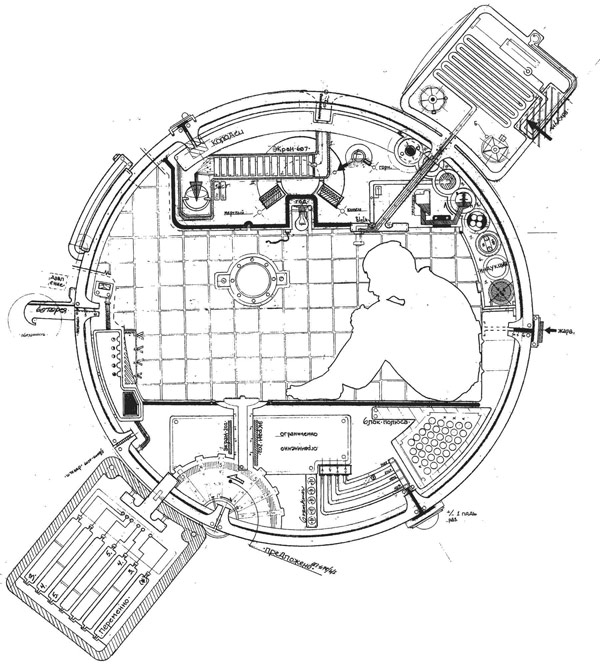Let me begin with a song.
I recently watched the documentary “The Mars Underground“, in which one of my heroes Robert Zubrin of the Mars Society describes the dreams that he — and much of the world — had in the sixties when the Soviets and the Americans were making giant strides in the Space Race before they decided it would somehow make more sense to have an arms race instead. He recalls,
“I grew up during the sixties when it was Mercury, it was Gemini, it was Apollo… every month NASA was doing something more impressive than in the month before. We were going to be on the moon by 1970, Mars by 1980, Saturn by 1990, Alphar Centauri by the year 2000! We were moving OUT and I wanted to be part of that.”
I was born in 1973 and the first books I remember reading were about astronomy and although I am nearly too young for them I grew up on the same dreams. Things like Project Daedalus, a mission to another star, seemed real to me. Of course, the first part — the moon — was achieved, but after that, like I said, Nixon decided that war was a better investment (even though in retrospect every dollar invested in the space program has returned many times over, arguably more so than nearly any other government program) and killed NASA’s future in favor of the war in Vietnam and the general policy of never ending war. Investment in destruction rather than construction. Investment in destroying the future rather than expanding it. Unbelievably disappointing and sad on every level… But it seems like it’s easier to convince voters with the propaganda of fear than with futuristic dreams.
I also recently read Krafft Ehricke’s Extraterrestrial Imperative — “extraterrestrial” in the sense of missions to other planets, not as in aliens. Kafft Ehricke was one of the group of Peenemünde Nazi scientists that came over to America after WWII, along with Werner Von Braun who spearheaded NASA and got America to the Moon so quickly (although had WWII turned out differently it may have happened even sooner but under a different flag — but don’t think that I’m promoting that flag, because Hitler as well saw the V-2 rocket as a weapons delivery system rather than a vehicle to the future, launching over a thousand of them with that purpose). Von Braun was already working on a Mars program in Nazi Germany and published its technical specifications not long after coming to America (translated into English as The Mars Project in the early fifties). Anyway, in a paper titled “Solar Transportation”, presented in 1966 via North America Aviation (the folks behind the X-15 rocket plane, the Saturn V rocket, and the Space Shuttle among many other successes — a real company with real products, not some pie-in-the-sky think tank) assumes — with an emphasis that these are “sensible and likely” assumptions that do not fall prey to the “common tendency to be over-optimistic” — a vibrant future for humanity, including:
“March 1984 through October 1986: One-way mission to Mars, involving 529 days stay time, with a second mission leaving March 1985 (via Venus) for pick-up of the first mission crew. … Extensive manned surface landing capability is carried along by the one-way mission crew.
End of 80′s (1988/89): Landing capability on Venus and establishment of a solar physics laboratory on Mercury.
… 1990′s:
* Regular transfers between Earth and Mars or Mercury, respectively, in support of surface installations.
* Exploration of Jupiter and Saturn and their moons.
* Manned missions to asteroids and comets.
* Beginning of utilization of raw material resources, if profitable, on asteroids and some planets of the inner solar system.
And the particularly disappointing bit for me is that he goes on to apologize for being so pessimistic in comparison to the prevailing assumptions among his colleagues about the timeline. That is, what he’s assuming here is in conservative territory. So it’s really heartbreaking when you realize that effectively none of what his company was proposing (and assuming was set-in-stone as what today should look like) — offering as a product even, competing as one of many companies willing to build it — was achieved. Of course, we do have some pretty impressive and extremely expensive munitions that he probably never imagined, as if that makes up for it. Ehricke goes on to discuss Moon bases and Mars Bases in detail, along with manned Solar Research Stations on the North Pole of Mercury (which we’ve just now gotten the admittedly exciting, even if it falls short of these dreams, MESSENGER Probe to), a Saturn research station on Titan, and more. That said, he does warn of the specter of being diverted by militarism, yet his optimism about the value of positive goals for the future misled him into believing that we would not make the mistake of choosing war over peaceful exploration.
In the sixties there were corporations lining up to take on contracts to have humans settle throughout the solar system. It wasn’t science fiction. If slightly different politics had played out, the world — the worlds? — would be so different than they are today. It’s sad what a few wealthy lobbyists and a whole lot of fear-mongering can achieve. Anyway, the vaguely connected reason that I mention all of this is because yesterday episode three of “Pioneer One” just got released. I think I mentioned it a while back buried in a longer entry, but it’s an independent TV series about a young man that arrives on Earth from deep space in a retro Soviet capsule, and it seems like he’s the child of cosmonauts on Mars who have sent him back to Earth for some reason. I’m hugely enjoying this series and am happy to have supported the production with a small donation, and I do want to whole heartedly recommend it to speculative fiction and sci-fi fans.
Along with what I’ve mentioned above, I’m sure it comes as no surprise that the Soviets had their own plans for manned Mars missions and settlement programs with intended launches in the mid seventies. Probably the main reason that they didn’t happen is the failure of the N1 rocket program (their competitor to the massive Saturn V rocket — I’ve reminisced before about how impressive those rockets were, quite literally flying apartment buildings in scale) that was needed to get all that equipment off the Earth. Watching this show has reminded me of all this again and got me daydreaming about something wonderful that takes my mind off the pain. Of course, when reality sinks in and I realize what a huge disappointment it all turned out to be, it brings the pain back to the foreground.
It is so frustrating when one adds up the fortunes that are squandered on war and militarism and imagine what a world we could create if we actually invested that money in the future. We could so easily build a society with a universal standard of living in which people are motivated to move us forward as a species, rather than fight to the death over resources that are only limited because of artificial scarcity created by class inequality designed to drive wealth to some and poverty to most.
I do hope that humanity comes to its senses soon. I do find this artificial leaf invention exciting, and there are of course always inspiring things going on, but I want to see big dreams that capture the imagination of the species… And the idea that we could seed life throughout our solar system and perhaps even our galaxy is a very big dream indeed.




4 Comments
Well said, Shannon. :)
Makes me think of this a little bit:
https://www.youtube.com/watch?v=Q95kX_EP2Nk
You’ve probably seen this, but there’s an awesome Symphony of Science called “A Glorious Dawn” with Carl Sagan and Stephen Hawking. It always inspires me and cheers me up.
Hi Shannon,
I’m the writer and one of the executive producers of Pioneer One. Very glad you’re enjoying it. Stay tuned, the best ones are yet to come!
Shannon – thanks for the heads up about the latest P1 episode
Josh – thanks to you and everyone involved for making it!
One Trackback/Pingback
[...] do hope that if we go, we go to stay. One way trips. [...]
Post a Comment